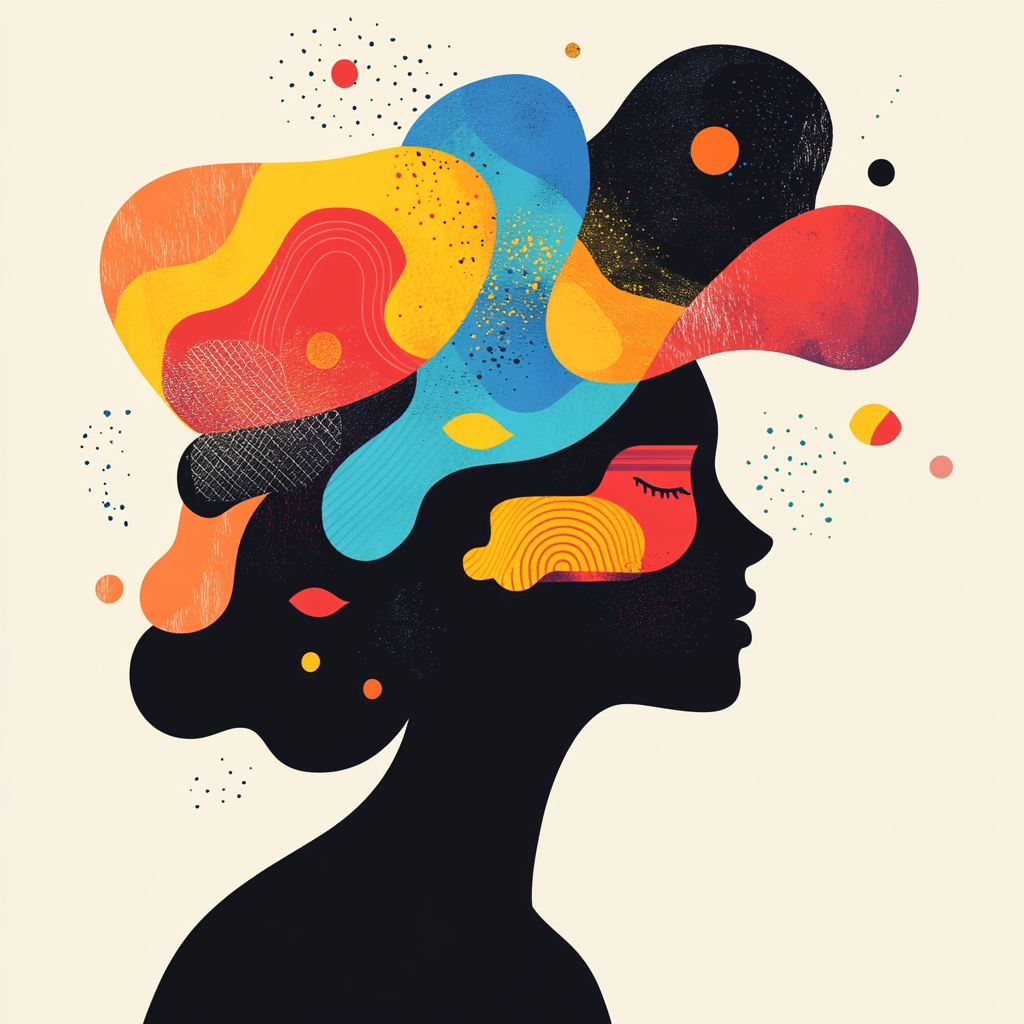User experience (UX) design is as much about understanding people as it is about creating visually appealing interfaces. The best designs resonate with users psychologically, ensuring interactions feel intuitive, satisfying, and delightful. By leveraging principles of human behavior such as cognitive load, heuristics, and emotional design, UX designers can create products that truly connect with their audience.
Cognitive Load: Simplifying the Experience
Cognitive load refers to the amount of mental effort required to process information. When users encounter a website or app, they subconsciously assess how much effort it will take to achieve their goal. A design that feels overwhelming or confusing will likely drive users away.
To minimize cognitive load, designers focus on simplicity and clarity. Straightforward navigation, well-organized content, and intuitive workflows reduce the mental strain on users. For instance, chunking information into smaller, digestible sections makes it easier to understand and retain. As experts note, “Reducing cognitive load is essential for creating user-friendly designs that keep users engaged.”
Heuristics: Leveraging Mental Shortcuts
Heuristics are mental shortcuts that help people make quick decisions. These principles are crucial in UX design, as users rely on familiar patterns and cues to navigate digital interfaces. By aligning design elements with established heuristics, designers create natural and intuitive experiences.
Jakob’s Law, for example, states that users spend most of their time on other websites. This means they expect your design to work similarly to what they’ve already encountered. Incorporating familiar patterns, such as placing navigation menus at the top or using standard icons, reduces friction and enhances usability.
Additionally, the principle of recognition over recall helps users interact with interfaces more efficiently. By presenting options rather than requiring users to remember information, designers make tasks more straightforward and enjoyable. According to industry research, “Interfaces that align with user expectations and heuristics lead to higher satisfaction and engagement.”
Emotional Design: Creating Meaningful Connections
Emotional design goes beyond functionality and aesthetics to tap into users’ emotions. A well-designed interface can evoke trust, joy, or accomplishment, fostering a positive connection between the user and the product. This emotional resonance not only enhances user satisfaction but also builds brand loyalty.
Color schemes, typography, animations, and micro-interactions contribute to emotional design. For instance, a cheerful color palette can convey friendliness, while subtle animations add delight. Personalization also plays a significant role, as users feel valued when a product recognizes their preferences and needs. Experts highlight, “Emotionally engaging designs create memorable experiences that keep users coming back.”
Accessibility: Designing for All Users
Inclusive design is a critical aspect of modern UX. By understanding the diverse needs and abilities of users, designers can create interfaces that are accessible to everyone. Accessibility not only improves usability for people with disabilities but also enhances the overall experience for all users.
For example, ensuring that text is readable, providing alternative text for images, and designing navigable interfaces with a keyboard all contribute to a more inclusive experience. By prioritizing accessibility, designers demonstrate empathy and a commitment to creating value for all users.
The Role of Research in UX Psychology
Understanding user behavior requires robust research. Techniques such as usability testing, user interviews, and heatmaps provide valuable insights into how users interact with a product. These findings guide design decisions, ensuring interfaces align with user needs and preferences.
For example, eye-tracking studies reveal how users visually process information on a screen. This data helps designers place important elements where they’ll receive the most attention. As noted in expert discussions, “UX research is the foundation for creating designs that resonate with users on a psychological level.”
Guiding UX Strategy with Psychology
The principles of cognitive load, heuristics, and emotional design are not just theoretical concepts; they are actionable strategies that guide every stage of the UX design process. By understanding how users think, feel, and behave, designers can make informed decisions that enhance usability and engagement.
For instance, reducing the number of steps can minimize cognitive load and increase conversions when designing a checkout process. Similarly, incorporating familiar patterns, such as a progress bar, leverages heuristics to reassure users and keep them on track. Adding personalized thank-you messages at the end of the process taps into the emotional design, leaving users with a positive impression.
Partnering with UI UX Design Services
Creating a user experience that aligns with psychological principles requires expertise and a deep understanding of user behavior. UI UX design services specialize in crafting intuitive, engaging, and accessible interfaces that cater to diverse user needs. By leveraging the latest research and best practices, these services help businesses deliver exceptional digital experiences.
Collaborating with experienced designers ensures that your product meets functional requirements and resonates emotionally with users. From initial research to final implementation, UI UX design services translate psychological insights into impactful designs.
The Future of UX Design
As technology evolves, UX design will become even more personalized and adaptive. Advances in artificial intelligence and machine learning will enable interfaces to anticipate user needs and provide tailored experiences. Additionally, a growing emphasis on ethical design will ensure digital products prioritize user well-being and inclusivity.
By staying attuned to the psychology behind user interactions, designers can create solutions that meet current expectations and inspire future innovations.








